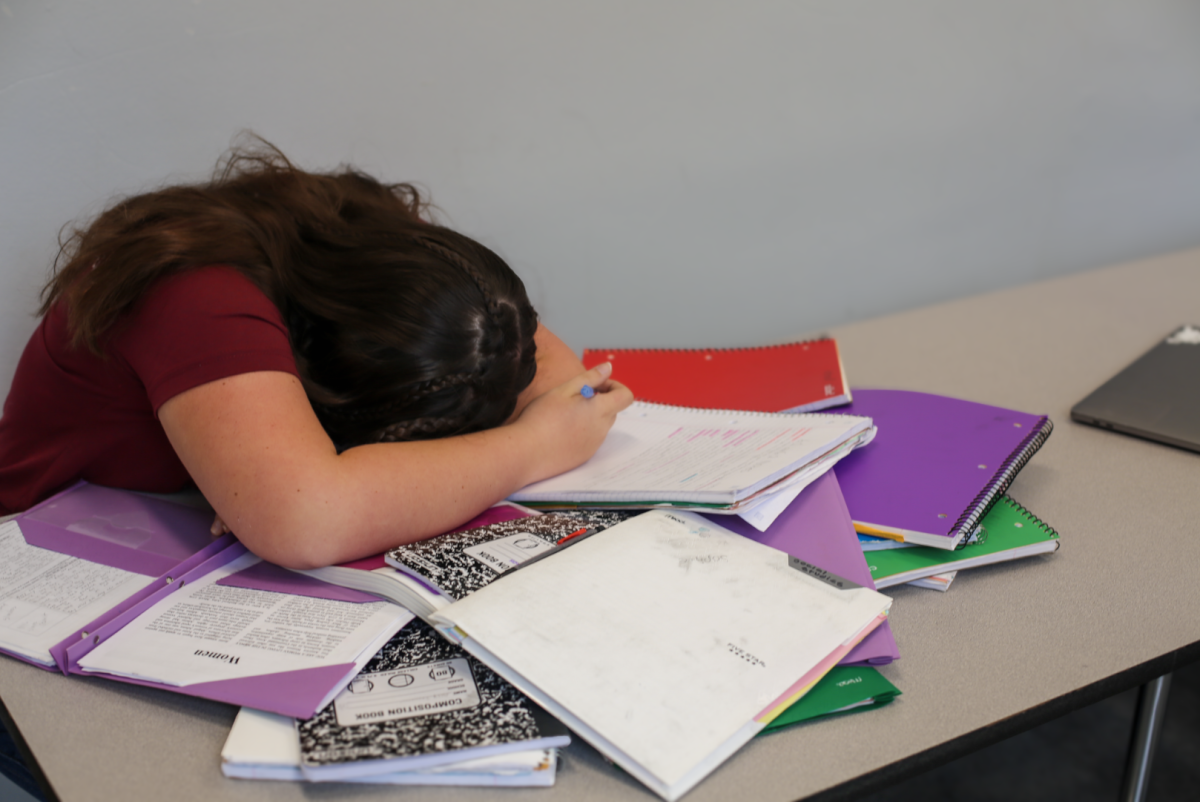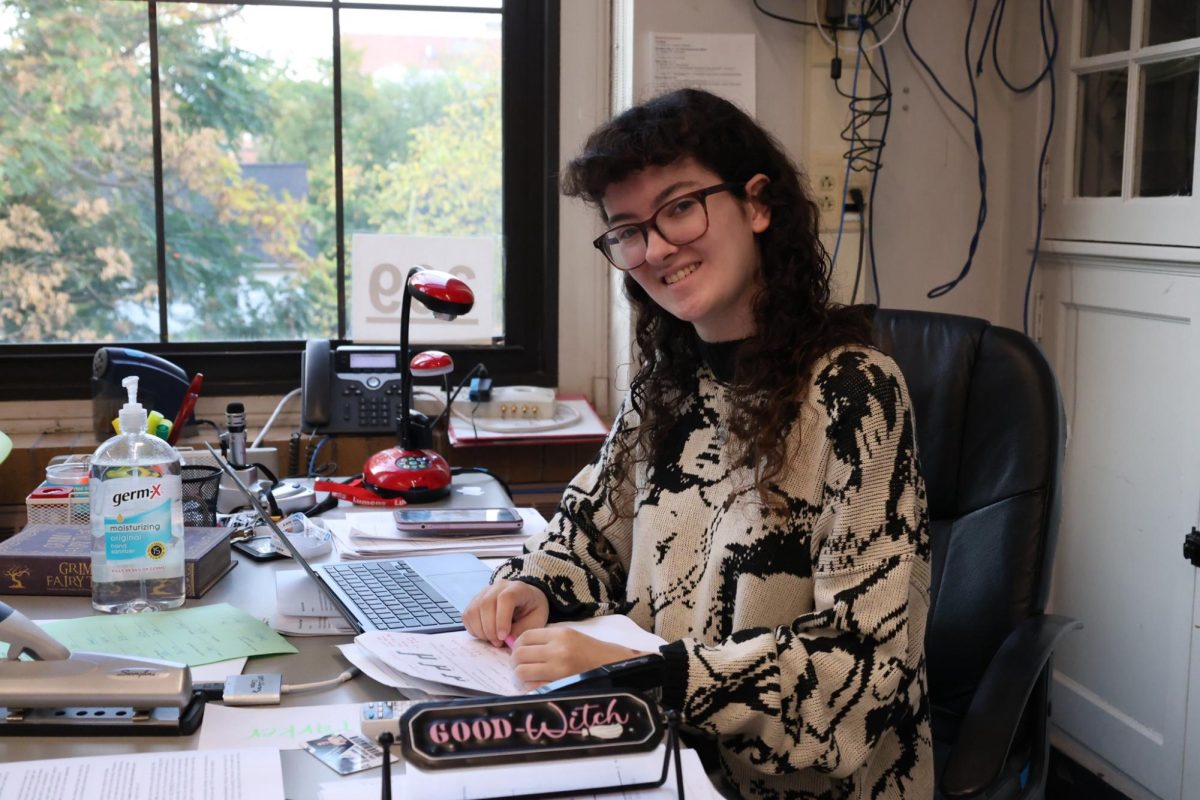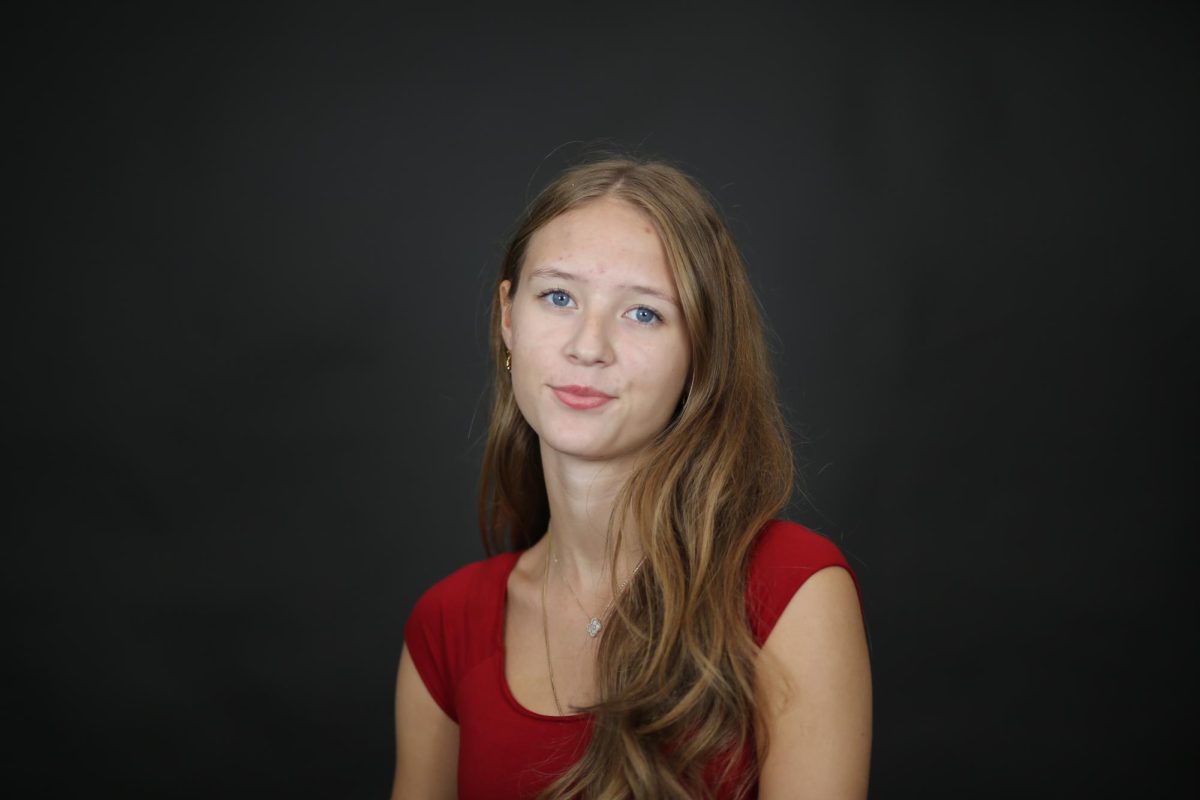According to the CDC, 44% of high school students reported feeling persistently sad or hopeless. These symptoms are categorized into a modern term for a condition that many students face: burnout.
The term “burnout” first appeared in the 1970s, coined by German-American psychologist Herbert Freudenberger. The name was inspired by the idea of something being “burned out” until it has no fuel, such as a candle.
Less than a decade later, the term became popularized by social psychologist Christina Maslach, who is now a professor at the University of California, Berkeley. Maslach conducted research on emotional exhaustion among workers, particularly those with extremely draining jobs such as doctors and nurses, and created the Maslach Burnout Inventory (MBI) in 1981.
The MBI is the most widely used test for measuring burnout and consists of three elements: emotional exhaustion, depersonalization and reduced personal accomplishment.
Masalah’s research revolutionized the way schools and workplaces were seen. Her work helped shift the focus of the state of burnout from being caused by laziness or lack of motivation to the impact external factors were having on people.
“Burnout is a canary in the coal mine,” Maslach said in a talk with Inside Serene, a mental-health focused Youtube channel. “It’s a warning sign of a toxic work environment. What we shouldn’t do is question why the canary isn’t tougher.”
Psychology Today, an American media organization with a focus specifically on human behavior and psychology, defines burnout as “a state of emotional, mental and often physical exhaustion brought on by prolonged or repeated stress.”
While traditionally being used to describe the state of burnout among adults in the workplace, the term is increasing in popularity among younger generations. Reaching a point of burnout has lasting impacts on teenagers’ mental and physical health.
CHS counselor Missy Herskowitz, switched from teaching Spanish at Huron High School to counseling at CHS this year. Since entering the counseling world, Herskowitz has seen burnout in students become an important aspect of her job. While working with students, Herskowitz has been able to identify both mental and physical signs of burnout.
“When you start constantly dropping the ball in one class or the other and losing balance it starts to feel like you’re spiraling out of control,” Herskowitz said.
She also sees physical signs of burnout.
“Not sleeping well enough, or not getting up, skipping meals, or stress eating can all be signs,” Herskowitz said.
Herskowitz has seen a difference in the burnout level of students between Huron and CHS. She thinks that having a block schedule is beneficial for students, leaving them less drained after the school day. She thinks the many options of courses and activities at CHS can both be helpful and hurtful to students’ mental health.
“There are Community Resources and dual enrollment and all these great programs here,” Herskowitz said. “It’s hard to not want to do it all, organizing it and making it not just a fantastic experience but a fantastic experience that doesn’t take everything out of you academically is a challenge.”
CHS junior Neila Shee thinks symptoms of burnout can be hard to differentiate from depression.
“You can be depressed and also burnt out at the same time, and burnout can lead to depression,” Shee said. “It’s when you have so much to do and your brain is overloaded with too many things so it just shuts down.”
Shee sees the relationship between burnout and depression as a common theme of “baseline.” Baseline being a scale out of ten Shee uses to measure her mental health at any given time. Normally, Shee’s baseline would be a five, but when feeling burned out her baseline can quickly drop.
“When you’re burnt out or when you’re depressed, your baseline for how good you feel in a day gets moved from a five being average to your average being a three,” Shee said.
Shee has seen the assumption that junior year is the most difficult year of high school. But personally felt the most burned-out throughout her freshman year.
“Junior year is a breeze compared to my freshman year, not because there’s less schoolwork or because it’s less demanding,” Shee said. “But since I’ve reached junior year, I’ve learned how to cope. I’ve learned how to work with my hormones. There are so many things that you have to work on with your body. When I was a freshman, I had no idea how to do any of that.”
When Shee was at her worst point of burnout during her freshman year, she found it challenging but very much worth it to raise her baseline. Part of this came from reprogramming her brain into seeing positive things.
“I would assign little things to be happy,” Shee said. “If I saw a yellow car, I would think, ‘That’s a reason to be happy!’. When I would trick my brain into getting excited about those little things that I like, and I would actively work towards trying to be happy, it made it easier for me to get happier for other little things.”
For CHS sophomores Lena Bible and Esh Schaden, burnout is reached from an overpacked schedule.
Like many students, Bible is involved in multiple clubs including mock trial and robotics. She believes that burnout is caused by reaching a mental barrier.
“You’re really unable to get any work done,” Bible said. “You just dread all your schoolwork. You can’t focus, and school suddenly has no motivation. You have no motivation to do anything.”
But how can you get out of a burnout? And how can you prevent reaching this point?
“A lot of burnout happens because we get hyper-focused on some things,” Herskowitz said. “We have to take a step back and look at the bigger picture and realize it’s gonna be okay. At one point something’s gotta give, and it can’t be your mental health.”
Herskowitz sees the importance of finding extracurriculars that bring students joy.
“If you can find an extracurricular that you’re not just doing for college apps and stuff, then it can help you get through school and give you something you really look forward to,” Bible said.
“Take a break from schoolwork,” Bible said. “I don’t mean just neglect school but lighten up on the load, and try to get more sleep as well.”
Esh Schaden leads guitar club as well as being a member of the jazz program. Although jazz is difficult, Schaden does not let the stress of it affect his perspective of music; no matter how much work it is, he finds music as a form of joy.
“I practice music for a lot of hours, which is fun; it can be relaxing even though it’s still work,” Schaden said.
Schaden also thinks balance is the key to success and avoiding burnout. When balancing all aspects of life, you need to make sure you have time to take care of yourself.
Schaden believes that FOMO – fear of missing out – is another role in reaching this point.
“I want to do everything all the time, and I want to be the best at everything that I can be,” Schaden said. “So I take on every single responsibility that seems interesting, and then I’ll realize later that it doesn’t really work out.”
“I’ve scheduled too many things to do in a day, and I don’t have enough hours to make up the work to be able to do those things,” Schaden said. “Even if you want to do everything, you can’t actually put your time and energy into it.”
Herskowitz thinks the first step for getting back to baseline is putting your physical and mental needs first. This means basic acts of self-care such as maintaining good hygiene, proper nutrition and hydration, exercise and reserving time for social connection.
“If you burn out, if you put everything on high school, and you burn out in high school, you give up on so much more that you have,” Herskowitz said. “It doesn’t have to be all now.”










